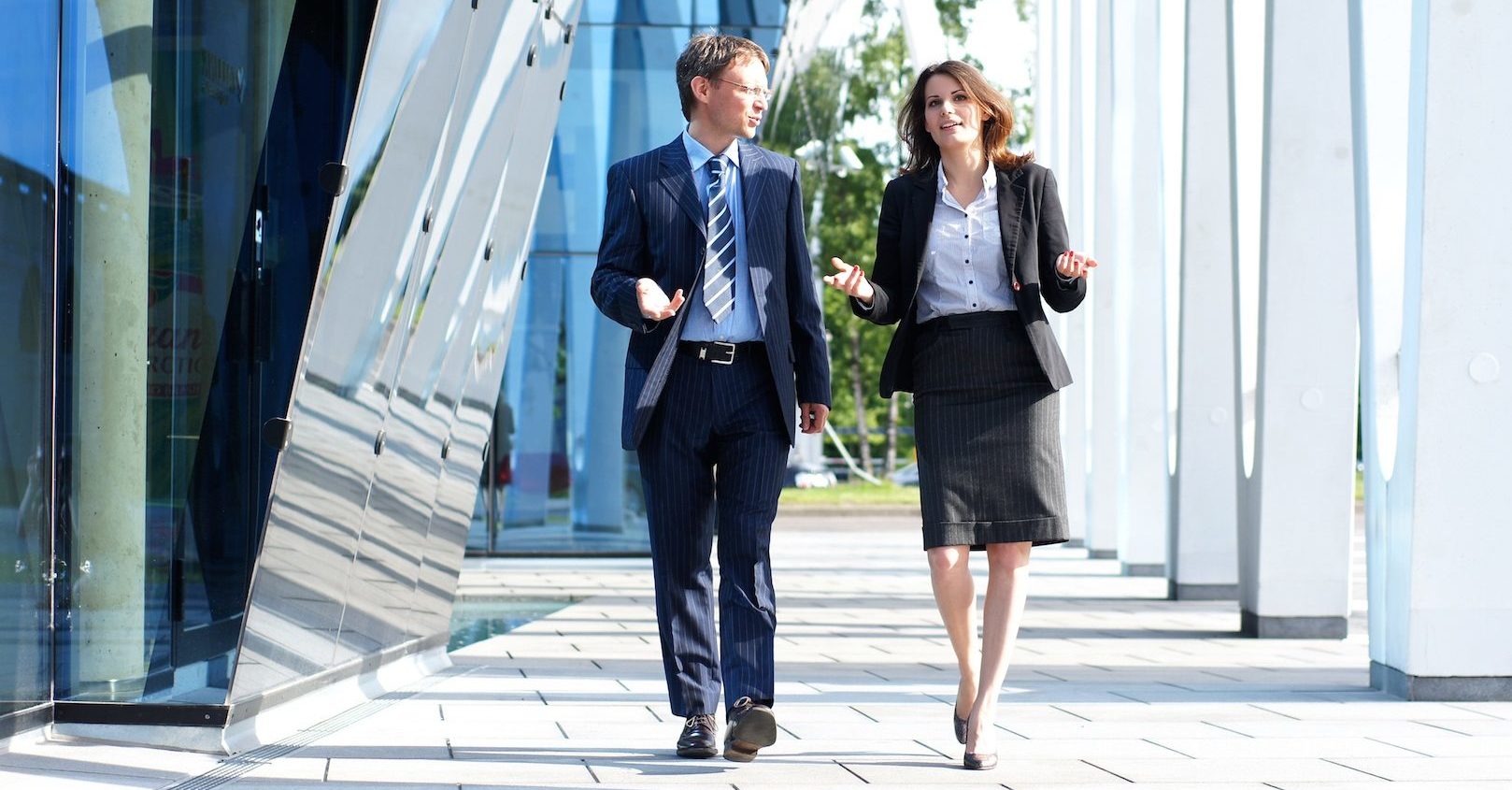As the country’s morale gets tested through one crisis after another, it’s important for us as businesspeople to ask ourselves, “How is our team really doing?”
It’s understandable how our team’s morale can ascend and descend as the country gradually gets through (and hopefully improves from) these vulnerable times.
In order for our team members to stay on a balanced path we must hear them, support them, and make sure they have the resources they need to enact positive change within our organization. It’s on all of us to come together to make the change we want to see.
As we undergo these changes, it’s critical that we boost our team’s efficiency and morale – two main aspects of our team that will be challenged when dealing with adversity – so that we can support them on their initiatives. One leverage point you can consider is shifting from sitting meetings to walking meetings.
What’s a Walking Meeting?
Seems explanatory but it’s still imperative to define. A “walking meeting” is a meeting where you and one or two other people talk through business goals, projects, and brainstorm as you walk. You can make your walk about getting to a destination, however, my recommendation is that you walk with no set place to end. In so doing, you and your team members will subconsciously focus on the process and not the results.
Why a Walking Meeting and Not a Sitting Meeting?
Let’s start with the basics. First of all, sitting has a lot of health risks. According to Yale Medicine, sitting is really bad for us. The article states that “studies show that spending hours in a chair can cause damage to your body, and even shorten your lifespan.” This point alone insinuates why sitting down for long periods of time to have meetings can be counterproductive for our bodies.
Second, sitting down lacks physical movement, which can influence our brains into thinking less creatively. According to Psychology Today, a “sedentary lifestyle increases the risk for glitches in brain functioning.” It’s easy to infer how a sitting meeting may result in gaps in thinking compared to a standing meeting.
Third, the act of sitting down is directly linked to increased risks of depression. With that being the case, one can only guess how team members might have less enthusiasm for a project if they’re sitting down to meet about it. And if you take into account current events, it’s easy to see that we need to limit all chances of depression and emotional fatigue for our team.
How Do Walking Meetings Improve Your Team’s Efficiency and Morale?
Walking meetings make teams more efficient because meetings match the domains in which they are orchestrated. Because walking is concentrated on action, teams get more things done when they walk and meet as opposed to sit and meet. Here’s an example why:
Imagine you are meeting with a coworker named Tori about a project that’s been lagging for months. You two have little to no idea why the project has not gotten done yet, but here you are meeting about it for the third time this quarter.
Tori suggests you two walk and meet rather than sit down for an hour. You two go outside to the store. You two speak. You grab refreshing, healthy drinks at the store. You walk around the block. You pass by some trees. You view the architecture around you – your brain starts thinking about how buildings get made, how amazing the city is, how beautiful the people around you are and how you’re so happy to be alive and doing business: one of the few things in life that bring people together.
Now your brain’s working. No longer are you sitting down waiting for the project to come to you. Now you’re out, running right towards the project. As your feet move, one after the other, so do the outline of the steps of the project. You and Tori ask yourselves, “OK, how do we get this done?”
See the difference?
Walking meetings make teams more efficient because it gets their minds focused on the things that matter that are in our control. Walking allows you to minimize your overthinking and visualize the bigger picture.
Walking meetings also boost morale because they’re something people can look forward to with excitement. Who wants to sit down in a boring conference room or at home at their desk or couch on a Zoom call for an hour talking through the same old project over and over again?
People want to get out. They want to think. They want to be influenced by their environment. They want to hear birds chirping. They want to see the sky change colors. They want to see the world outside of a conference room’s four walls or their bedroom’s four walls. We reach equilibrium with our minds and bodies, which helps zone in productivity, efficacy, and efficiency.
Conclusion
Now is the time for us to come together and lift each other. We can’t sit idly by and allow for time to pass us by. We need to prioritize action.
A perfect way to be there for our teams is by utilizing walking meetings so that our teams are more efficiency and enthusiastic about the road ahead.
There’s a reason why Steve Jobs, the late Apple founder, was known to do “much of his creative thinking while taking a walk.”
Walking meetings get our bodies moving so our minds move and so our hands move and so things get done. The only way is forward, one foot after the other.
business people walking and talking in the street -DepositPhotos


